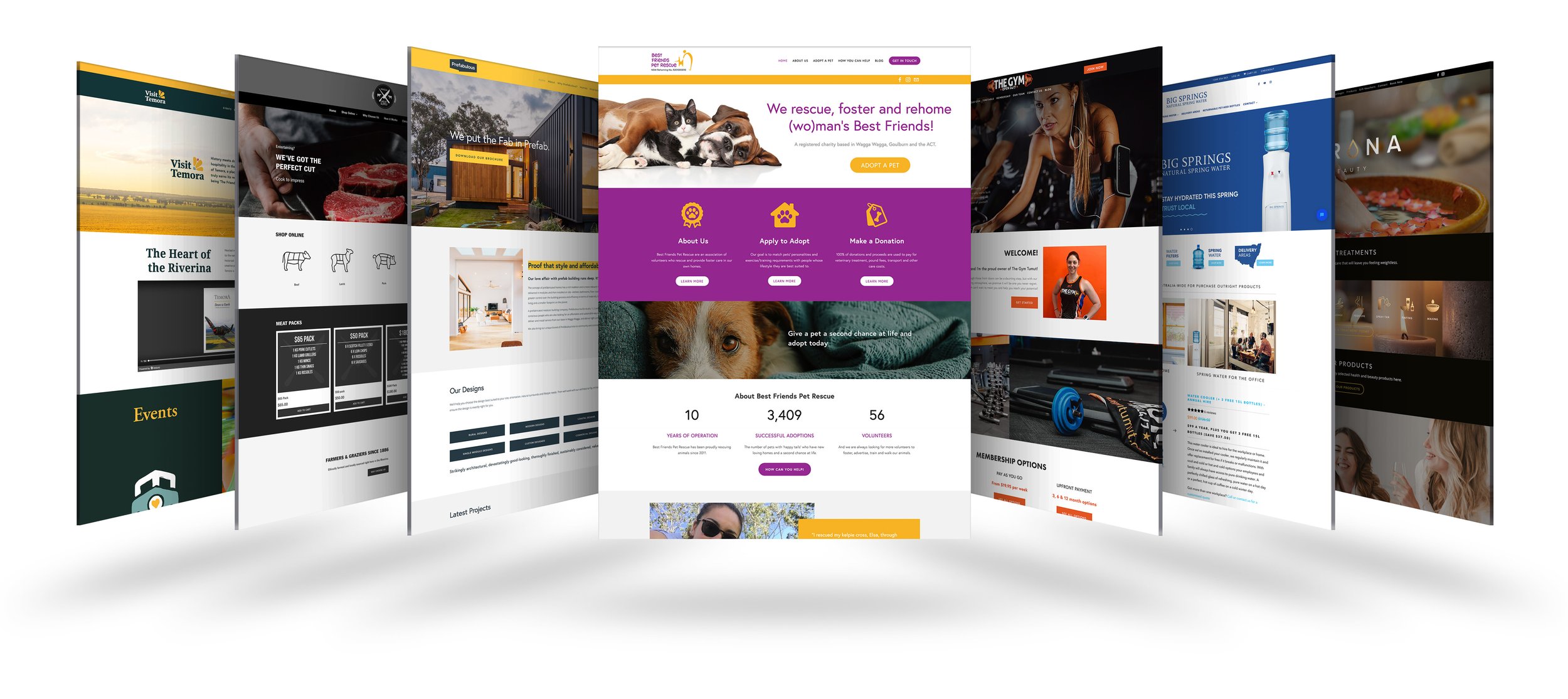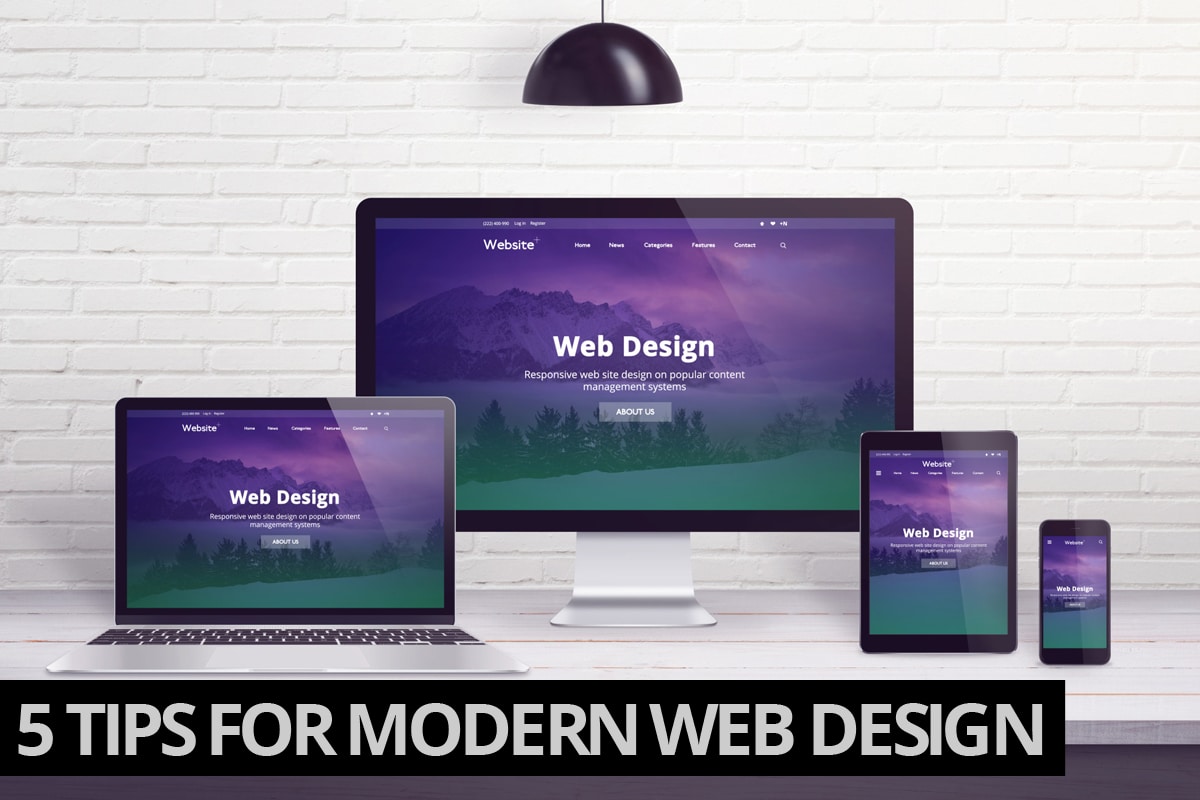Important Concepts of Website Style: Producing User-Friendly Experiences
By focusing on individual demands and choices, developers can cultivate involvement and satisfaction, yet the implications of these concepts expand beyond simple functionality. Recognizing exactly how they intertwine can significantly affect a site's total effectiveness and success, motivating a closer examination of their private roles and cumulative impact on customer experience.

Importance of User-Centered Design
Focusing on user-centered style is vital for developing efficient web sites that meet the demands of their target audience. This method places the individual at the center of the style procedure, guaranteeing that the website not only works well yet additionally reverberates with customers on a personal level. By understanding the individuals' goals, choices, and behaviors, developers can craft experiences that foster engagement and fulfillment.

Furthermore, adopting a user-centered style viewpoint can lead to enhanced accessibility and inclusivity, satisfying a diverse audience. By thinking about different customer demographics, such as age, technical proficiency, and social histories, designers can develop web sites that rate and practical for all.
Inevitably, focusing on user-centered layout not only enhances customer experience but can likewise drive crucial service results, such as enhanced conversion prices and customer commitment. In today's competitive digital landscape, understanding and focusing on individual demands is a critical success variable.
Instinctive Navigation Structures
Reliable web site navigating is often an important consider boosting individual experience. Intuitive navigating structures make it possible for individuals to find details rapidly and successfully, lowering disappointment and raising interaction. A well-organized navigating menu should be simple, sensible, and consistent throughout all web pages. This allows individuals to anticipate where they can find certain web content, thus promoting a smooth surfing experience.
To develop intuitive navigating, designers should focus on clearness. Labels should be familiar and descriptive to customers, preventing jargon or uncertain terms. An ordered framework, with key classifications resulting in subcategories, can better help customers in recognizing the partnership in between various areas of the site.
Additionally, integrating aesthetic hints such as breadcrumbs can lead customers via their navigating path, enabling them to easily backtrack if required. The inclusion of a search bar also boosts navigability, approving individuals guide accessibility to material without needing to navigate via numerous layers.
Receptive and Flexible Designs
In today's electronic landscape, making certain that websites function perfectly across different tools is crucial for individual satisfaction - Website Design. Responsive and flexible designs are 2 crucial strategies that enable this performance, satisfying the diverse variety of screen dimensions and resolutions that users might encounter
Responsive designs use liquid grids and versatile pictures, allowing the web site to automatically change its aspects based on the display dimensions. This strategy gives a regular experience, where material reflows dynamically to fit the viewport, which is specifically valuable for mobile users. By utilizing CSS media inquiries, designers can develop breakpoints that enhance the layout for various tools without the requirement for different styles.
Adaptive formats, on the other hand, make use of predefined layouts for details screen dimensions. When a customer accesses the site, the web server finds the device and offers the appropriate format, ensuring a maximized experience for differing resolutions. This can bring about faster filling times and improved performance, as each layout is tailored to the gadget's abilities.
Both responsive and adaptive designs are vital for boosting user interaction and complete satisfaction, inevitably adding to the site's overall performance in fulfilling its purposes.
Regular Visual Pecking Order
Establishing a regular visual hierarchy is pivotal for directing individuals with a website's material. This principle makes certain that info is offered in a manner that is both interesting and instinctive, enabling users to quickly understand the product and browse. A well-defined hierarchy employs numerous design elements, such as size, shade, spacing, and contrast, to create a clear distinction in between different sorts of material.

In addition, regular application of these aesthetic cues throughout the internet site promotes familiarity and trust fund. Users can promptly find out to recognize patterns, making their interactions much more reliable. Inevitably, a strong visual pecking order not just improves customer experience yet likewise improves overall site use, encouraging much deeper interaction and assisting in the wanted activities on a site.
Ease Of Access for All Customers
Availability for all customers is a fundamental aspect of internet site design that makes sure every person, despite their abilities or handicaps, can engage with and take advantage of on the internet web content. Creating with availability in mind entails implementing practices that accommodate diverse individual demands, such as those with aesthetic, acoustic, electric motor, or cognitive problems.
One vital standard is to stick to the Internet Material Availability Guidelines (WCAG), which give a framework for producing obtainable electronic experiences. This includes making use of sufficient color contrast, offering text choices for pictures, and making certain that navigation is keyboard-friendly. Additionally, utilizing receptive layout strategies makes certain that internet sites work successfully throughout numerous tools and display sizes, additionally enhancing access.
One more essential element is making use of clear, succinct language that avoids jargon, making material understandable for all customers. Involving individuals with assistive technologies, such as display viewers, calls for careful attention to HTML semantics and ARIA (Available Abundant Internet Applications) duties.
Eventually, prioritizing availability not just satisfies legal commitments click for more info but likewise broadens the audience reach, fostering inclusivity and boosting individual fulfillment. A dedication to ease of access reflects a dedication to developing equitable digital settings for all users.
Verdict
In conclusion, the important principles of website layout-- user-centered design, user-friendly navigation, receptive designs, regular aesthetic pecking order, my website and availability-- jointly contribute to the production of straightforward experiences. Website Design. By focusing on user demands and ensuring that all individuals can properly engage with the site, designers boost usability and foster inclusivity. These concepts not just enhance individual complete satisfaction but likewise drive positive service results, ultimately demonstrating the essential value of thoughtful web site layout in today's digital landscape
These approaches provide indispensable insights right into individual expectations and discomfort points, making it possible for developers to customize the site's functions and material as necessary.Effective site navigation is often a critical aspect in boosting customer experience.Establishing a consistent visual power structure is essential for leading users with a web site's content. Inevitably, a solid aesthetic pecking order not only enhances customer experience yet likewise boosts general site functionality, urging deeper interaction and facilitating the wanted actions on an internet site.
These principles not just boost customer contentment yet also drive positive organization end results, eventually showing the critical importance of thoughtful web site design in today's digital landscape.